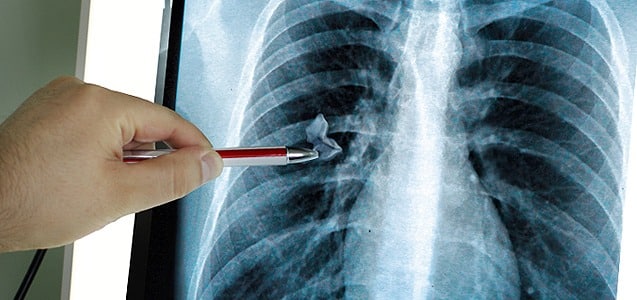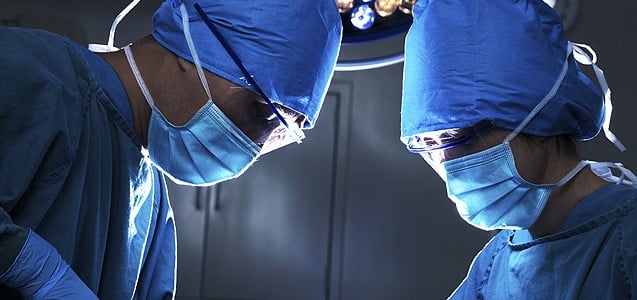An ideal outcome in spinal surgery is dependent of the coordination of efforts by the surgeon, anesthesiologist, and neurophysiologist. Because patients are under general anesthesia during surgery, techniques for examining the nervous system for potential injuries can be somewhat limited. Intraoperative spinal cord monitoring (IOM) allows the surgeon to record the electrical signals transferred along the spinal cord and use this recording to prevent neural irritation or spinal cord injury during surgery.
Electrodes are placed on the patient’s body to monitor and record nerve signal responses throughout the spinal surgical procedure. The most common forms of spinal cord monitoring during surgery are EMG (electromyography), SEP (somatosensory evoked potentials) and MEP (motor evoked potentials). Ideally, this is done in an efficient manner without interrupting the flow of the operation and producing unnecessary interruptions.
The monitoring personnel must be able to detect and understand the source of any variables in spinal cord signals in order to deal with them appropriately. An intra-operative disruption or complete loss of spinal cord electrical signals in the appropriate monitoring channels (either SEP sensors, MEP sensors, or both) is clearly an indication of significant disturbance of spinal cord function. If this is not recognized and sensation is not restored during the spinal surgery, severe spinal cord and/or spinal nerve root injury, up to and including partial or total paralysis, may occur.
If you or a loved one has suffered permanent neurological injury and/or paralysis due to a complication during spinal surgery, contact The Yost Legal Group today at 1-800-YOST-LAW (800-403-7259). When you call, you will speak with an experienced Baltimore Medical Malpractice attorney absolutely FREE.
The attorneys at Yost Legal Group are experienced, caring professionals ready to investigate your claim with compassion and determination. Call us today to receive a free, confidential consultation about your possible case. At The Yost Legal Group, there is no fee or expense unless you recover.








